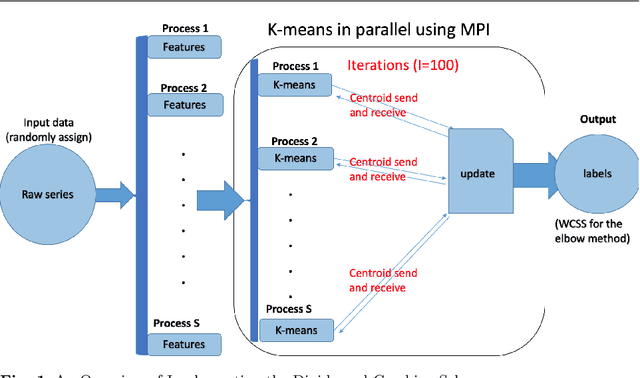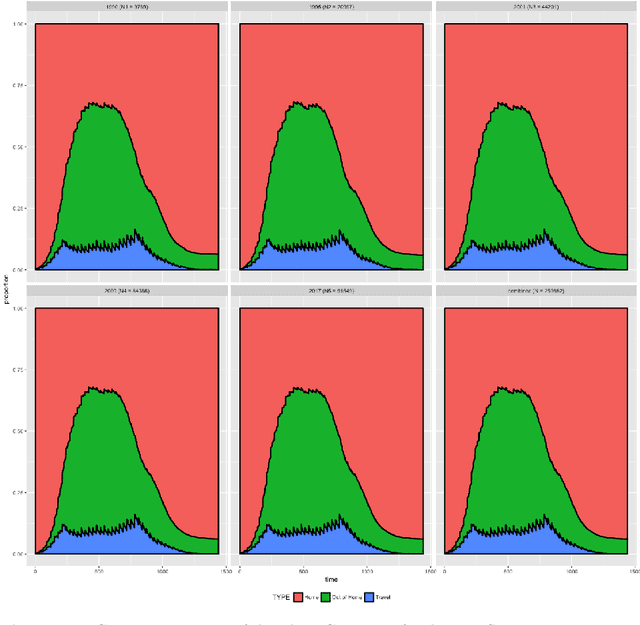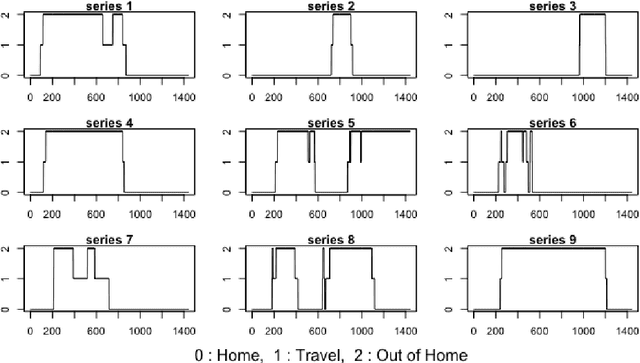Nalini Ravishanker
Nonlinear Time Series Classification Using Bispectrum-based Deep Convolutional Neural Networks
Mar 04, 2020



Abstract:Time series classification using novel techniques has experienced a recent resurgence and growing interest from statisticians, subject-domain scientists, and decision makers in business and industry. This is primarily due to the ever increasing amount of big and complex data produced as a result of technological advances. A motivating example is that of Google trends data, which exhibit highly nonlinear behavior. Although a rich literature exists for addressing this problem, existing approaches mostly rely on first and second order properties of the time series, since they typically assume linearity of the underlying process. Often, these are inadequate for effective classification of nonlinear time series data such as Google Trends data. Given these methodological deficiencies and the abundance of nonlinear time series that persist among real-world phenomena, we introduce an approach that merges higher order spectral analysis (HOSA) with deep convolutional neural networks (CNNs) for classifying time series. The effectiveness of our approach is illustrated using simulated data and two motivating industry examples that involve Google trends data and electronic device energy consumption data.
Clustering Activity-Travel Behavior Time Series using Topological Data Analysis
Jul 17, 2019



Abstract:Over the last few years, traffic data has been exploding and the transportation discipline has entered the era of big data. It brings out new opportunities for doing data-driven analysis, but it also challenges traditional analytic methods. This paper proposes a new Divide and Combine based approach to do K means clustering on activity-travel behavior time series using features that are derived using tools in Time Series Analysis and Topological Data Analysis. Clustering data from five waves of the National Household Travel Survey ranging from 1990 to 2017 suggests that activity-travel patterns of individuals over the last three decades can be grouped into three clusters. Results also provide evidence in support of recent claims about differences in activity-travel patterns of different survey cohorts. The proposed method is generally applicable and is not limited only to activity-travel behavior analysis in transportation studies. Driving behavior, travel mode choice, household vehicle ownership, when being characterized as categorical time series, can all be analyzed using the proposed method.
 Add to Chrome
Add to Chrome Add to Firefox
Add to Firefox Add to Edge
Add to Edge